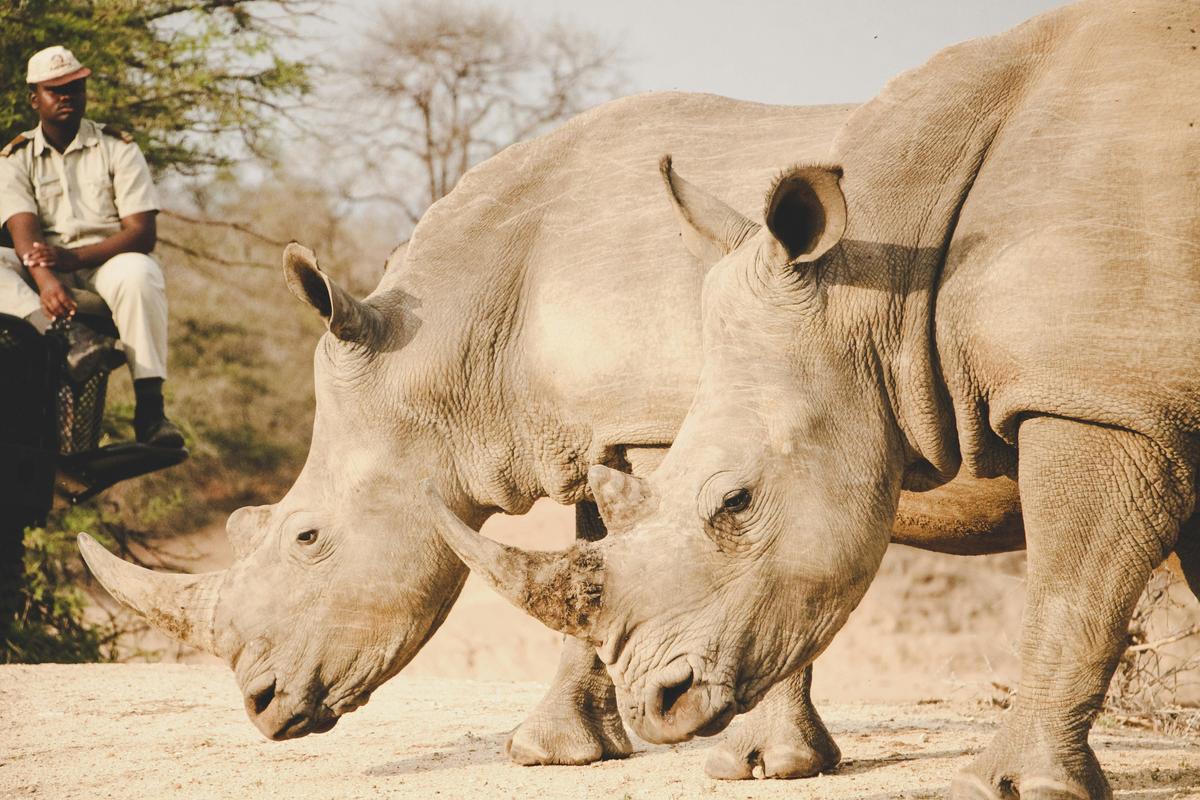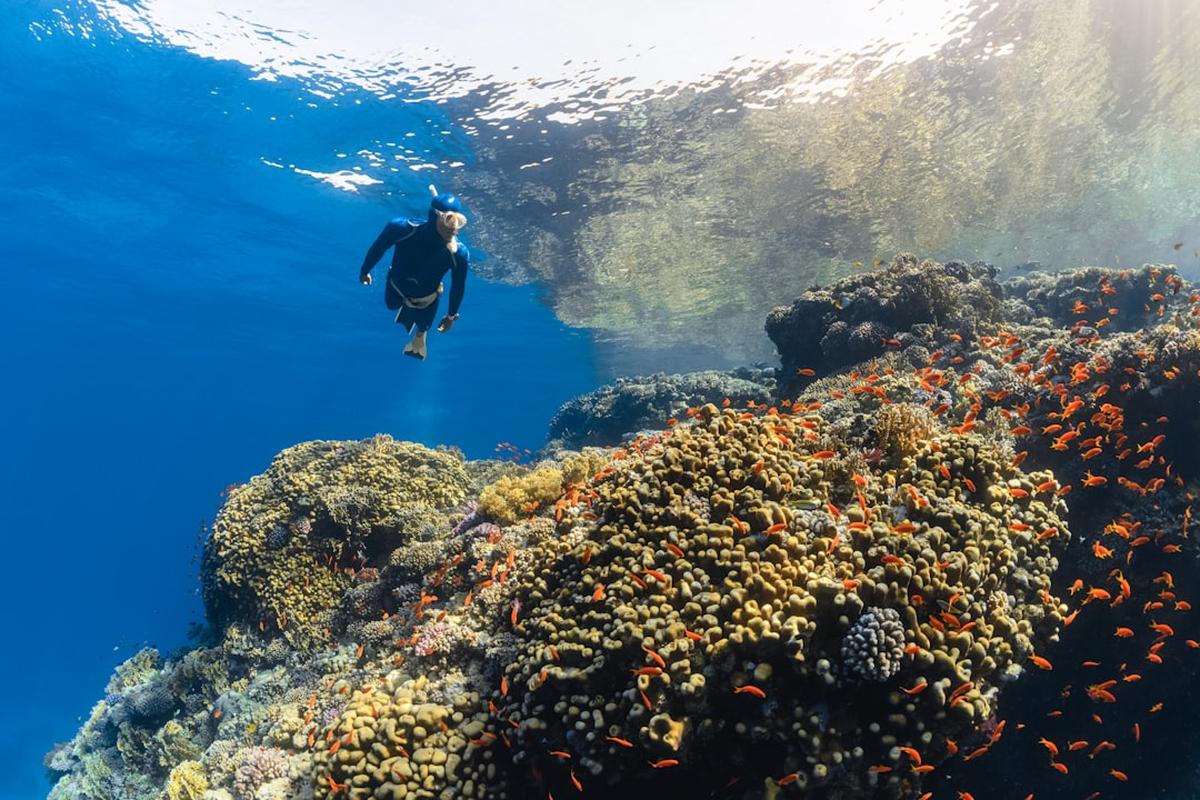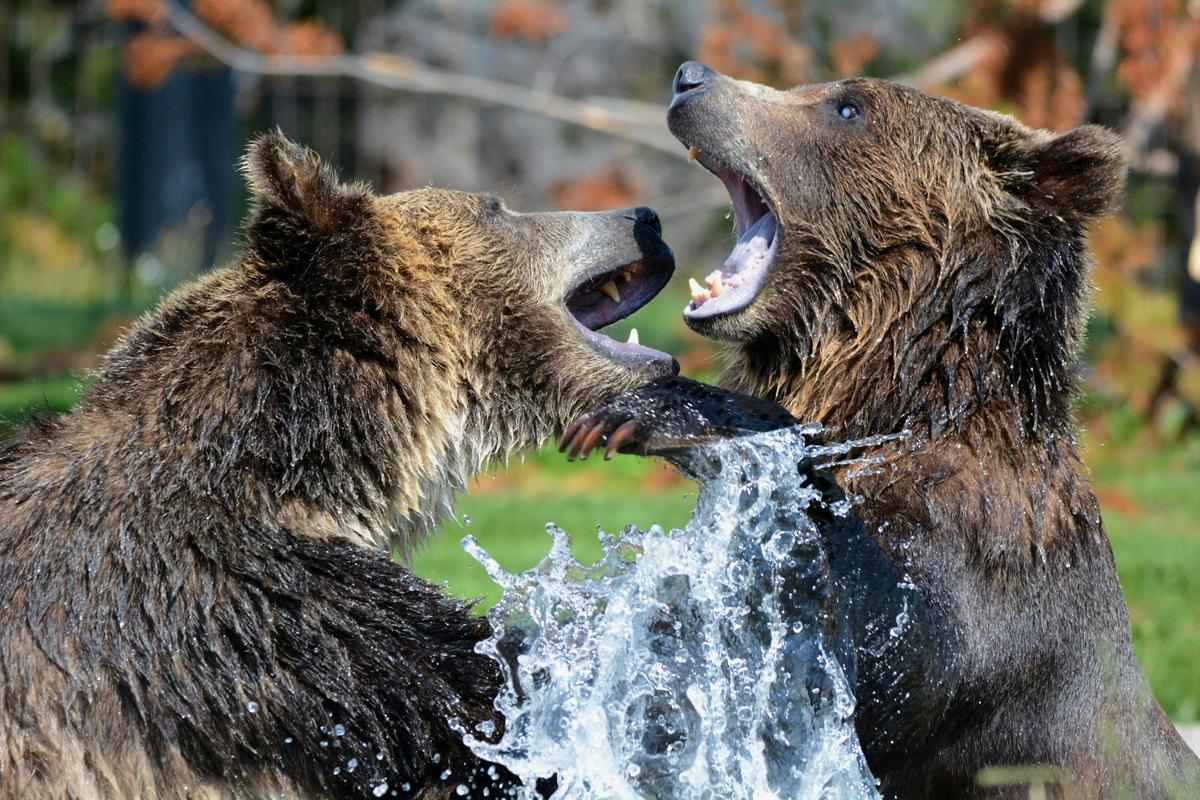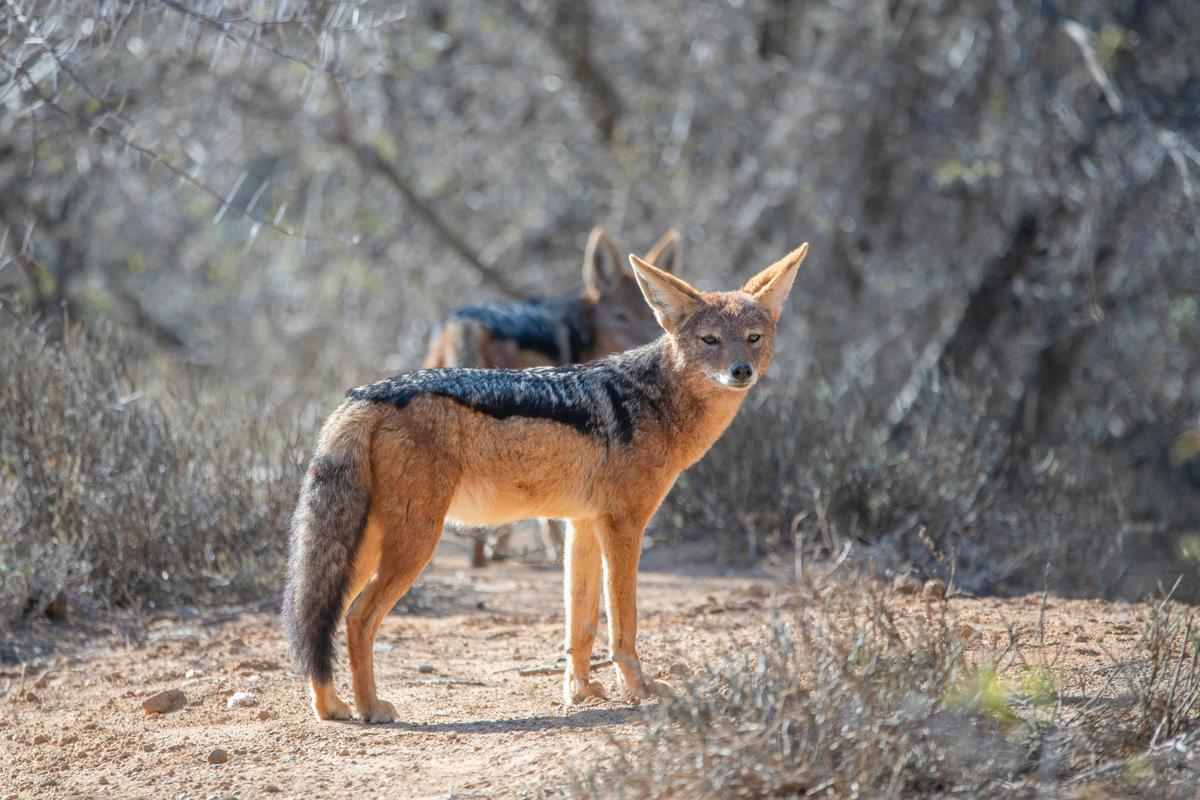Understanding the Role of a Rewilding Facilitator
Restoring nature’s delicate balance is no easy feat, but the role of a rewilding facilitator is crucial in this endeavor. These dedicated individuals serve as the bridge between scientific knowledge, local expertise, and on-the-ground action, guiding the process of reviving ecosystems to their former glory.
At the heart of rewilding lies the restoration of three key ecological processes: trophic complexity, dispersal, and stochastic disturbances. Rewilding facilitators understand the intricate web of interactions that sustain a healthy ecosystem and work tirelessly to reintroduce wildlife, reconnect fragmented habitats, and allow natural disturbances to shape the landscape. By utilizing large herbivores as landscape engineers, they can influence biogeochemical pathways and restore the unique ecological roles that once defined the region.
Rewilding is not a one-size-fits-all approach; it requires a deep understanding of the local context and a willingness to adapt to the ever-changing dynamics of nature. Rewilding facilitators draw upon a wealth of scientific data, traditional ecological knowledge, and community input to craft tailored solutions that address the specific needs of each ecosystem. They recognize that ecosystems are inherently dynamic, and their work must anticipate the effects of climate change, using rewilding as a tool to mitigate its impacts.
Engaging the local community is a crucial aspect of the rewilding facilitator’s role. They understand that long-term success depends on fostering a sense of ownership and stewardship among the people who call these landscapes home. By incorporating traditional knowledge and empowering local stakeholders, rewilding facilitators ensure that the restoration process is not only ecologically sound but also socially and culturally relevant.
As the world deals with the urgent challenges of biodiversity loss and climate change, the role of the rewilding facilitator has never been more vital. These unsung heroes are the catalysts for a future where nature and humanity coexist in harmony, where ecosystems thrive, and where the delicate balance of our planet is restored, one step at a time. 1 2
Key Responsibilities of a Rewilding Facilitator in Ecosystem Restoration
Restoring the balance of nature is no easy task, but the role of a rewilding facilitator is crucial in this effort. These dedicated individuals serve as the catalysts for transformative change, guiding communities towards a future where ecosystems thrive once more.
At the core of rewilding is the fundamental goal of mitigating the species extinction crisis and reviving healthy, self-sustaining ecological communities. Rewilding facilitators are tasked with identifying the key wild areas, assessing the overall ecosystem health, and devising tailored strategies to address the unique challenges each region faces. This may involve enacting legal protections, removing barriers, or even reintroducing native species – all with the aim of restoring the delicate balance that has been disrupted.
“Rewilding is important because it helps maintain the structure, diversity, and resilience of ecosystems, provides connectivity between core areas, and restores self-regulating and self-sustaining ecological communities.”
Rewilding facilitators are not just passive observers; they are active agents of change, working with conservation biologists, ecologists, and local communities to breathe new life into our natural landscapes. Through their hard work, they inspire and empower others to join the restoration movement, fostering a sense of collective responsibility for the health of our planet.
Organizations like the Ecosystem Restoration Communities (ERC) play a vital role in supporting these rewilding facilitators, providing the necessary resources, funding, and knowledge-sharing platforms to amplify their impact. By connecting restoration communities around the world, the ERC helps to create a global network of earth restorers, each contributing their unique expertise and passion to the cause.
In the face of the challenges of the 21st century, the role of the rewilding facilitator has never been more important. These unsung heroes are the driving force behind the restoration of our natural ecosystems, paving the way for a future where biodiversity thrives, and the delicate balance of nature is once again restored. 3 4
 Photo by Luca Valli on Pexels
Photo by Luca Valli on Pexels
The Impact of Rewilding Facilitators on Biodiversity and Climate Change
Restoring nature’s balance is no walk in the park, but the dedicated efforts of rewilding facilitators are really making a difference. Let’s take a look at the San Joaquin Valley in California, where The Nature Conservancy (TNC) has been leading conservation efforts for over four decades. By buying up land strategically and doing targeted research, they’ve turned the region into a thriving 250,000-acre national monument, with another 100,000 acres of protected lands around it.
At the core of TNC’s approach is a deep understanding of how the ecosystem works. Researchers like Dr. Tim Bean have found out just how important keystone species like the giant kangaroo rat are, which helps them make decisions to protect wildlife that’s in danger. Studies on the blunt-nosed leopard lizard have also helped pinpoint areas that need protection and possible new homes to ensure the species survives in the face of climate change.
With the Sustainable Groundwater Management Act leading to the retirement of up to 200,000 acres of farmland in the San Joaquin Valley, TNC is taking the chance to bring these lands back to life as a connected network of natural habitats. By using science and working together for the long term, they’re coming up with new ways to restore the region’s ecological balance, which helps both nature and the local community.
Over in the UK, rewilding efforts are on the rise too, all thanks to the launch of the country’s first in-depth rewilding training program. Run by Embercombe, this big initiative is teaching a new group of rewilders all they need to know to tackle the big challenges of losing biodiversity and dealing with climate change. People taking part will learn from a top team of experts, covering everything from trophic cascades to checking out land and ways to bring it back to life.
- TNC’s work in the San Joaquin Valley has turned the region into a thriving 250,000-acre national monument.
- Researchers have found out just how important keystone species like the giant kangaroo rat are, which helps them make decisions to protect wildlife that’s in danger.
- As farmland is retired, TNC is bringing these areas back to life as a connected network of natural habitats, using science and working together.
- The UK’s first in-depth rewilding training program is teaching a new group of rewilders all they need to know to tackle the big challenges of losing biodiversity and dealing with climate change. 5 6
How to Become a Successful Rewilding Facilitator: Skills and Training
Becoming a successful rewilding facilitator requires a unique blend of skills and training. At the heart of this role lies the ability to guide groups through the intricate process of restoring nature’s balance. Facilitators must possess a keen understanding of group dynamics, adeptly navigating the diverse perspectives and needs of participants.
Getting the right training is a crucial starting point, equipping facilitators with the essential tools to manage group sessions effectively. Programs like the one offered by Humentum provide a comprehensive ten-day curriculum, with live webinars and interactive discussions. Participants can expect to invest approximately two hours per day, logging in at set times to engage with the material.
Hands-on experience is equally vital, as facilitators hone their skills through direct interaction with groups. Recognizing their own biases while maintaining neutrality, they inspire trust and encourage active participation. Key facilitation techniques include establishing group agreements, managing conflict, and accomplishing collective tasks.
Effective facilitators understand the importance of positive limit-setting and allowing participants to experience natural consequences. Rather than resorting to discipline, they suggest helpful alternatives, express their feelings, and offer problem-solving approaches. This approach fosters a sense of ownership and empowerment among group members, essential for the success of any rewilding initiative.
Ultimately, the role of a rewilding facilitator is to serve as a catalyst, guiding individuals and communities towards a deeper understanding and appreciation of the natural world. By harnessing their facilitation skills and drawing upon a wealth of training and experience, these dedicated professionals play a vital part in restoring the delicate balance of our ecosystems. 7 8
References
-
“Rewilding The San Joaquin Valley” - www.scienceforconservation.org ↩

 Photo by
Photo by  Photo by
Photo by 